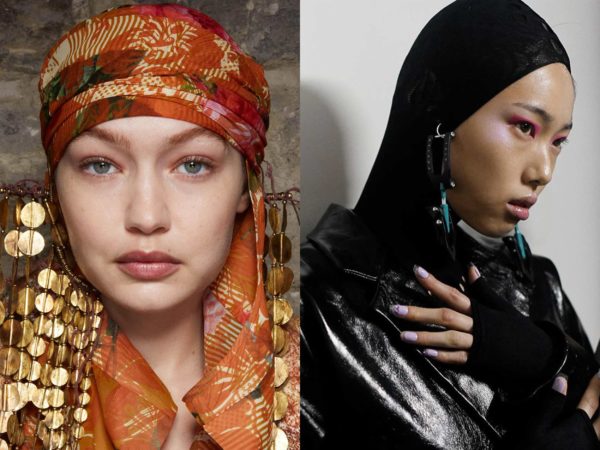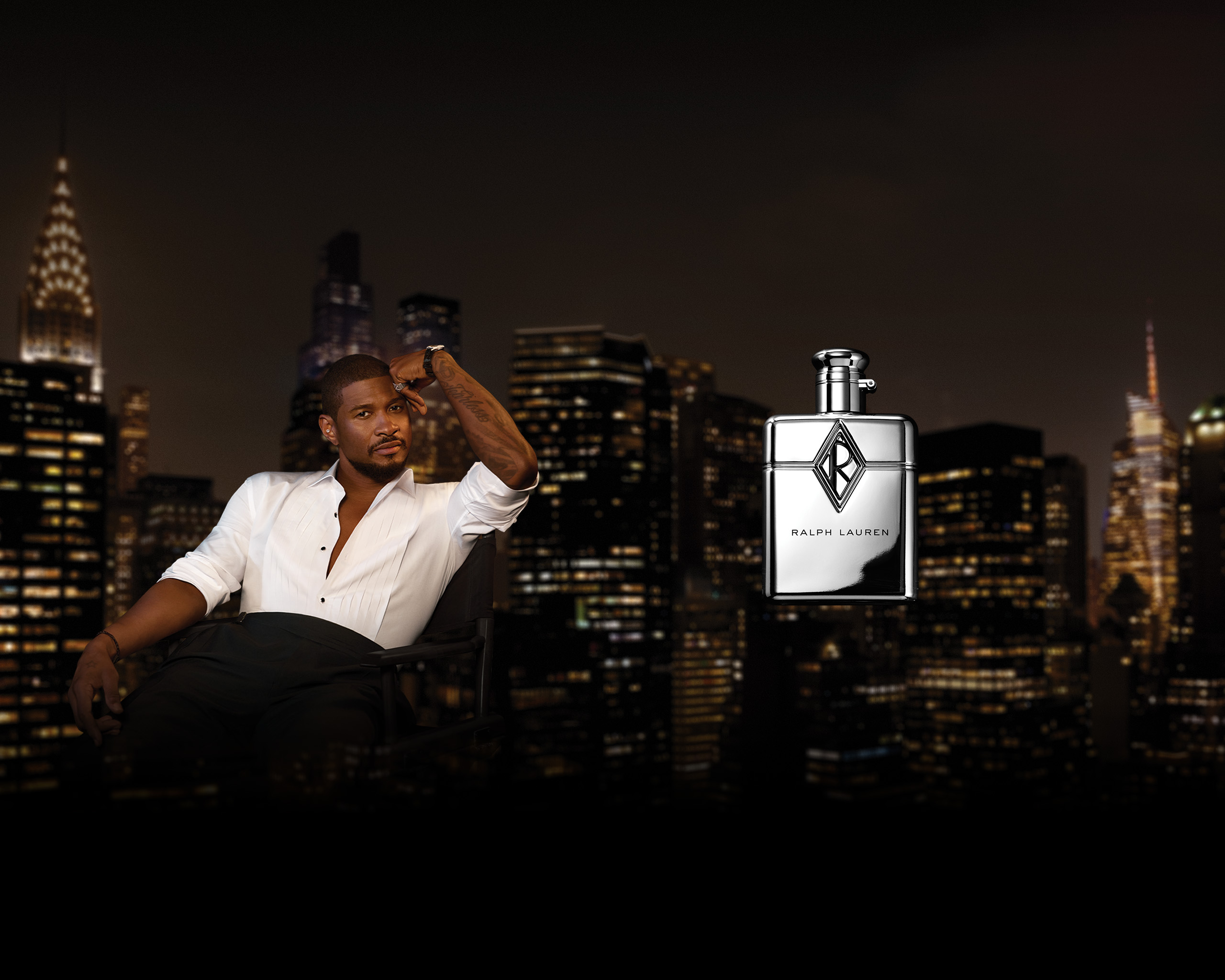Why is what is beautiful to some cultures considered unattractive in others? In this series, Document investigates ideas of beauty, class, and race around the world—and questions how we can shed this social conditioning.
I remember it clearly. It was the mid-80s, and my young self was staring at a bottle of astringent my new stepmother—who had just moved to a modest, two-bedroom apartment in Hayward, California—had brought with her from the Philippines. The brand, Eskinol, sold itself as a facial cleanser that gave its users a “clearer, fresher, fairer” face and it touted one quality on the bottle that I found bizarre: “whitens.” Why on earth would anybody want to be white? I recall asking myself, not thinking about race, but actually wondering why anybody would want to be the color white. Little did I know that the eventual answer I would come to understand decades later would include a complex history of racism and marginalization.
Growing up in the San Francisco Bay Area in the ‘80s, in what was then a predominantly white suburb, I remember the idea of culture, race, and ethnicity slowly trickling into my elementary school brain. I was the only child in my class of Filipino descent. I knew I was Filipino, but was I also Irish, since my mom occasionally made corned beef and cabbage? Was I Mexican too because my mom took me on weekly excursions to Taco Bell? I later learned that my heritage was just Filipino and nothing else, and would later be met with both adoration and disdain for my brown skin tone, depending on a combination of from whom the comment came and how light or dark I was at the time. (More on that in the future.)
Did you know that skin whitening and lightening is prevalent in Jamaica, Asia, and Africa? In a time where Selena Gomez gets criticism for sporting a fake tan, the Kardashians are blamed for the influx of white women attempting to appear black on social media, and Blac Chyna travels to Nigeria to promote the $250-a-jar X Blac Chyna Diamond Illuminating and Lightening Cream by the curiously-named brand Whitenicious, it’s important to address the reasons why people would want to be a color other than the one with which they were born. The general consensus seems to be that the lighter, whiter, or fairer you are, the luckier, wealthier, more respected, and/or more beautiful you are likely to be.
Right now the United States is more racially charged than ever in my lifetime. With identity politics at the top of people’s minds more than ever in recent years, and colorism—discrimination based on skin tone—a regular phenomenon across the globe, I want to investigate ideas of beauty, class, and race around the world. Why is what is beautiful to some cultures ugly in others? This series will question people around the world, asking them about skin color, what their impressions of it are, and ways we can shed this social conditioning.
We invite you to share your observations and your own stories about colorism. Email them to editorial@documentjournal.com.


















